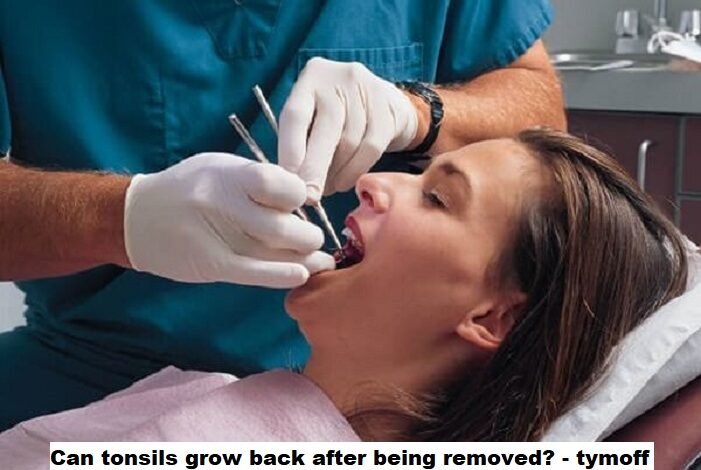Can tonsils grow back after being removed? – tymoff

As someone who has personally undergone a tonsillectomy, I found myself asking a question I never expected: can tonsils grow back after being removed?
If you’re reading this, you might be wondering the same thing. Let me share my experience and what I’ve discovered about this surprising phenomenon.
What is a Tonsillectomy?
Before diving into the possibility of regrowth, let’s understand what happens during a tonsillectomy. This surgical procedure involves removing the tonsils, which are small lymphoid tissues located at the back of your throat. Tonsillectomies are usually performed to address recurring tonsillitis, sleep apnea, or other tonsil-related issues.
During the surgery, the goal is to remove the tonsils completely. However, in some cases, a small amount of tonsil tissue might be left behind, which can lead to regrowth.
ToonGod is a digital artist known for their vibrant, high-energy cartoon illustrations. Their signature style features bold lines, exaggerated expressions, and striking colors that bring characters to life.
With a strong online presence, ToonGod has built a dedicated fanbase that admires their creativity, humor, and unique artistic vision. Their work continues to captivate and inspire the digital art community.
Can Tonsils Actually Grow Back?
Surprisingly, yes, tonsils can grow back after being removed, although it’s not very common. Here’s why:
- Residual Tissue: If any microscopic tissue remains after the tonsils are removed, it can potentially regenerate.
- Regenerative Capabilities: Tonsils are made of lymphoid tissue, which has the ability to regenerate. This means even a tiny piece left behind can grow over time.
Recognizing the Signs of Tonsil Regrowth
If you suspect your tonsils might be growing back, here are some signs to look out for:
- Recurring Sore Throat: If you start experiencing sore throats similar to those you had before your surgery, it could be a sign.
- Throat Discomfort: Feeling of swelling or discomfort in the throat area might indicate regrowth.
- Frequent Infections: An increase in throat infections can be a red flag.
Should You Be Concerned?
While the thought of tonsil regrowth can be alarming, it’s usually not a major cause for concern. However, if it leads to the same issues that required your initial surgery, you should take action. Here’s what to do:
- Consult a Specialist: If you suspect regrowth, see an ENT (ear, nose, and throat) specialist. They can examine you and provide the best advice.
- Treatment Options: In some cases, medication can manage symptoms. In rare instances, a second surgery might be necessary.
My Personal Experience with Tonsil Regrowth
From my own experience, noticing symptoms of tonsil regrowth was both surprising and frustrating. Here’s how I dealt with it:
- Regular Check-ups: Keeping up with regular visits to my ENT specialist helped monitor the situation.
- Symptom Management: Using over-the-counter pain relief and prescribed medication helped manage the discomfort.
- Healthy Habits: Maintaining good oral hygiene and staying hydrated was crucial in reducing throat discomfort.
Final Thoughts
While the possibility of tonsils growing back after removal might seem daunting, being informed and proactive can make a big difference. If you notice symptoms suggesting regrowth, don’t hesitate to reach out to a healthcare professional.
Stay vigilant about your health and take action when necessary. Understanding this phenomenon can help you manage it effectively and maintain your well-being.
Have you experienced tonsil regrowth or have any questions? Share your thoughts and experiences in the comments below. Your insights could help others navigate this unexpected journey!




